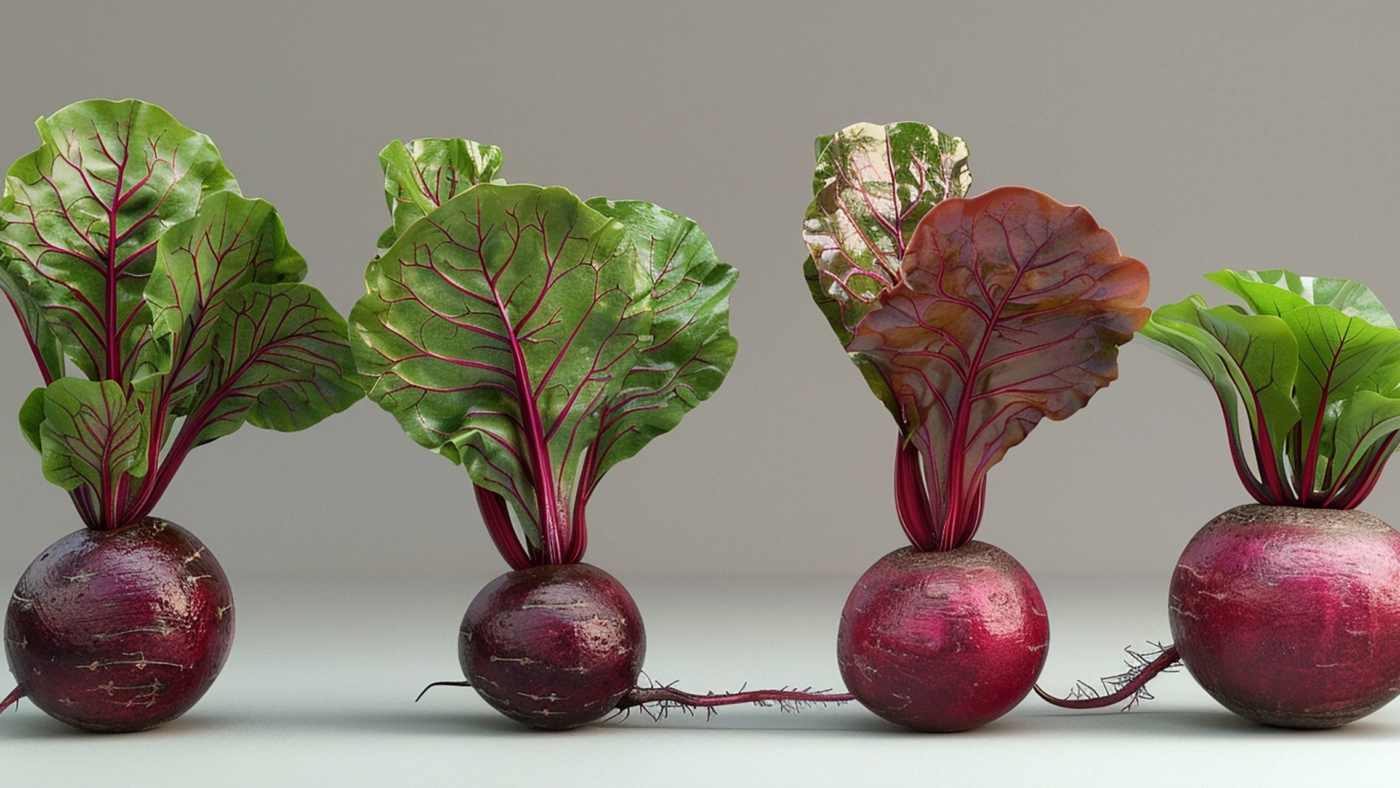When I see my favorite summer salad on a menu, I can’t resist. Roasted beets, creamy cheese, mixed greens, and a light dressing—it’s simple and satisfying. But the best part? You don’t need a restaurant to enjoy this. With a small garden bed or even a large pot, it’s easy to grow the main ingredient yourself.
Beets are cool-season root vegetables loaded with nutrients like fiber, vitamins, and minerals. They’re mostly water and low in calories, making them a healthy addition to your meals. While many people remember beets as having a strong earthy flavor, especially when boiled, modern varieties offer a surprising range of tastes and colors. And the greens? They’re delicious too.
Starting Beets from Seed
Beet “seeds” are actually clusters that contain multiple seeds. This means when you sow one, you may get several sprouts. Beets prefer direct seeding in the garden, as they don’t like to be transplanted. Sow them in rows or blocks, making sure to thin them later to allow enough space for each root to form properly.
Once seedlings reach 4 to 5 inches in height, thin them to 3 to 4 inches apart by cutting—not pulling—the extras to avoid disturbing the roots of nearby plants.
Which Beets to Grow?
There are many beet varieties, each with unique shapes, colors, and flavors. Here are some worth trying:
Red Beets
-
A classic globe-shaped variety with deep red flesh is known for its rich flavor and good storage potential.
-
Another red variety matures quickly, tolerates cool weather, and is often harvested young for both roots and tender leaves.
-
A widely grown type offers sweet, dark red flesh and does well across a broad growing season if seeded in succession.
One heirloom red variety has a long, cylindrical shape, making it easy to slice and cook evenly. Its fine texture and sweet flavor are favorites among cooks.
Another, one of the oldest varieties still cultivated today, is prized for its deep, earthy taste and storage longevity. It’s a challenge to grow but rewarding for adventurous gardeners.
Yellow Beets
Golden types tend to be sweeter and don’t stain your hands or cutting boards. These varieties have smooth, orange skin and rich yellow interiors that keep their color when cooked. Some are mild and tender with bright green tops.
Pink and Striped Beets
A striking heirloom variety has alternating red and white rings inside and is often used raw in salads due to its mild sweetness. When cooked, the rings fade, but it remains visually appealing and tasty.
It’s hard to choose just one beet to grow. That’s where farmers markets come in—to fill the gaps in what your garden might not yield. And if you’re short on space, try growing beets in a large container. They don’t need much room, and the results are worth it.
Found a favorite variety not listed here? Share it with others—we’d love to know what’s working in your garden.

